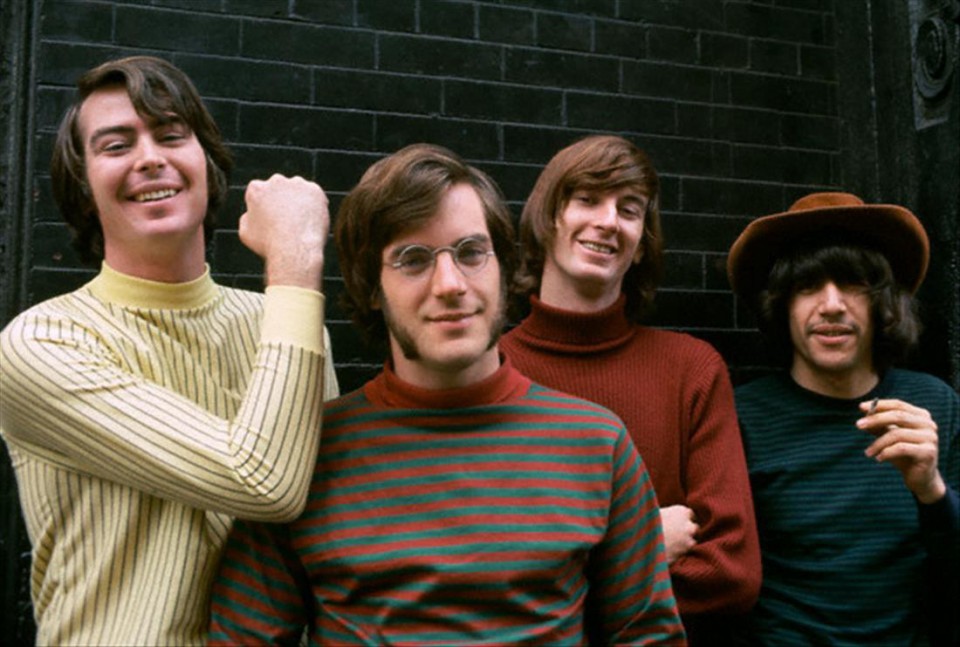The 1960s were a golden era for music, with rock, folk, and pop blending to create new sounds that would define a generation. One band that played a crucial role in shaping the folk-rock movement was The Lovin’ Spoonful. Known for their upbeat melodies, catchy lyrics, and unique fusion of folk, rock, and pop influences, The Lovin’ Spoonful left an indelible mark on American music.
The Birth of The Lovin’ Spoonful
The Lovin’ Spoonful was formed in 1965 in New York City by lead singer and songwriter John Sebastian, guitarist Zal Yanovsky, bassist Steve Boone, and drummer Joe Butler. The band’s name was inspired by lyrics from blues musician Mississippi John Hurt, reflecting their deep appreciation for American roots music.
At a time when the British Invasion, led by The Beatles and The Rolling Stones, was dominating the U.S. charts, The Lovin’ Spoonful brought a distinctly American sound to the forefront. Their music was a seamless mix of folk, jug band, rock, and pop, setting them apart from their contemporaries.
Chart-Topping Hits and Signature Sound
From their very first hit, “Do You Believe in Magic,” The Lovin’ Spoonful captured audiences with their infectious energy and joyful sound. Released in 1965, the song became an anthem of the era, blending folk-driven storytelling with a rock beat. The success of this track set the stage for a string of hits that followed.
One of their most famous songs, “Daydream,” released in 1966, exemplifies their sunny, feel-good style. The laid-back, almost lazy melody exudes warmth, making it a perfect summer tune. “Summer in the City,” another massive hit from 1966, showcased the band’s versatility, with a grittier rock sound that captured the vibrant energy of urban life. The song reached No. 1 on the Billboard Hot 100, securing The Lovin’ Spoonful’s place in rock history.
Other notable tracks include “You Didn’t Have to Be So Nice,” “Nashville Cats,” and “Rain on the Roof,” all of which showcased the band’s ability to craft songs that felt both nostalgic and fresh. Their lyrics often told relatable stories, and their melodies made listeners want to sing along.
Influence on the Folk-Rock Movement
The Lovin’ Spoonful was at the forefront of the folk-rock movement, alongside artists like Bob Dylan, The Byrds, and Simon & Garfunkel. While others leaned more heavily on the folk or rock side, The Lovin’ Spoonful managed to blend the two effortlessly, making their music accessible to a wide audience.
Their approach to music was innovative yet simple. Unlike many rock bands of the time that embraced elaborate studio productions, The Lovin’ Spoonful’s recordings felt organic and lively, often capturing the feel of a live performance. This authenticity contributed to their widespread appeal.
Challenges and Lineup Changes
Despite their success, The Lovin’ Spoonful faced internal and external challenges that led to their eventual decline. In 1967, Zal Yanovsky left the band after being arrested for marijuana possession, which caused tension within the group. He was replaced by Jerry Yester, but the band’s dynamic had already started to shift.
John Sebastian, the creative force behind most of their music, left in 1968 to pursue a solo career. His departure marked the end of the band’s golden era. While The Lovin’ Spoonful continued with new members, they never recaptured the same level of success.
The Band’s Legacy
Though their time at the top was relatively brief, The Lovin’ Spoonful’s impact on music remains significant. Their ability to blend folk storytelling with pop accessibility laid the groundwork for future artists in the folk-rock genre. Bands like The Eagles and America carried forward their tradition of melodic, feel-good storytelling.
In 2000, The Lovin’ Spoonful was inducted into the Rock and Roll Hall of Fame, solidifying their place in music history. John Sebastian continued to have an influential solo career, and songs like “Summer in the City” and “Do You Believe in Magic” remain timeless classics featured in films, commercials, and TV shows.




